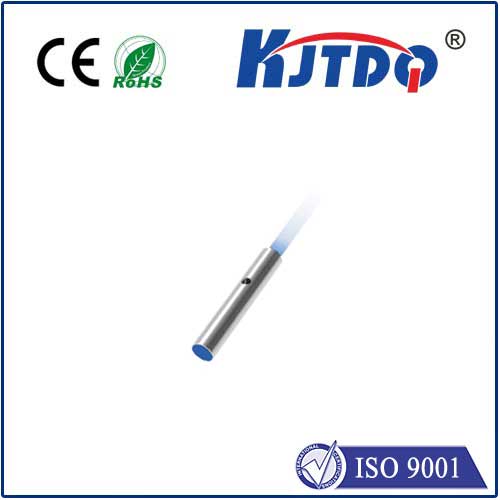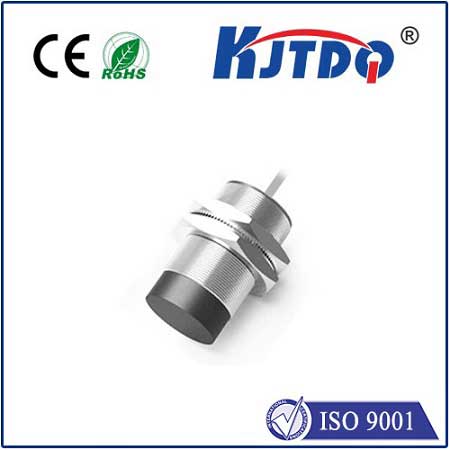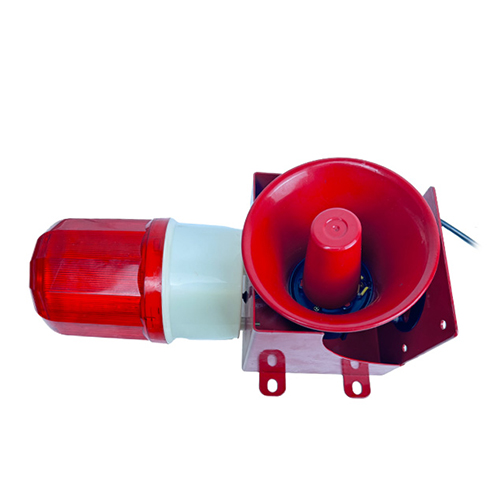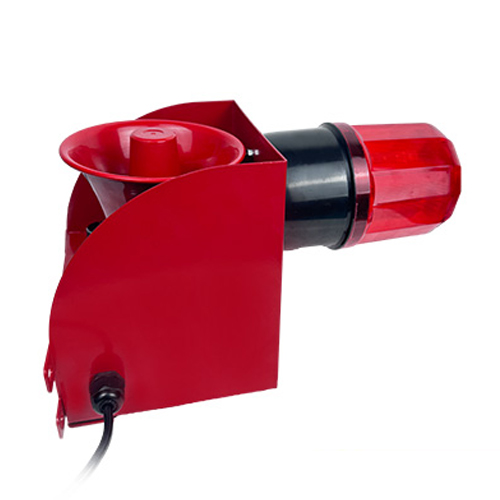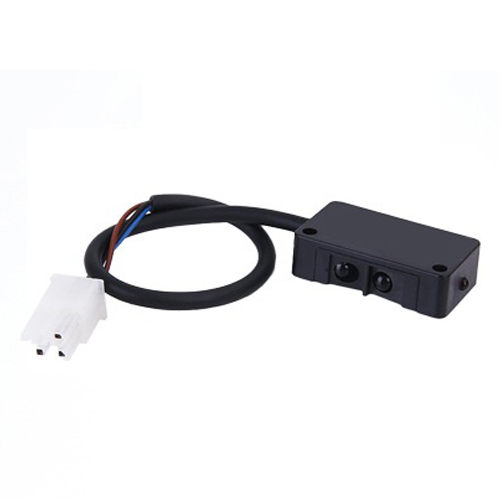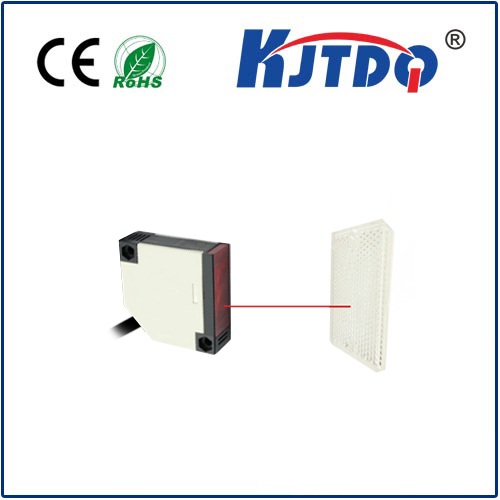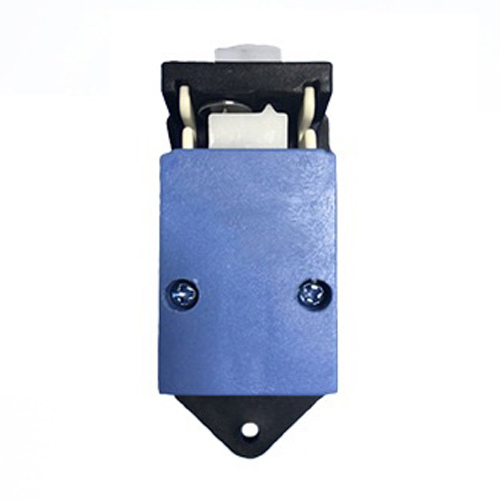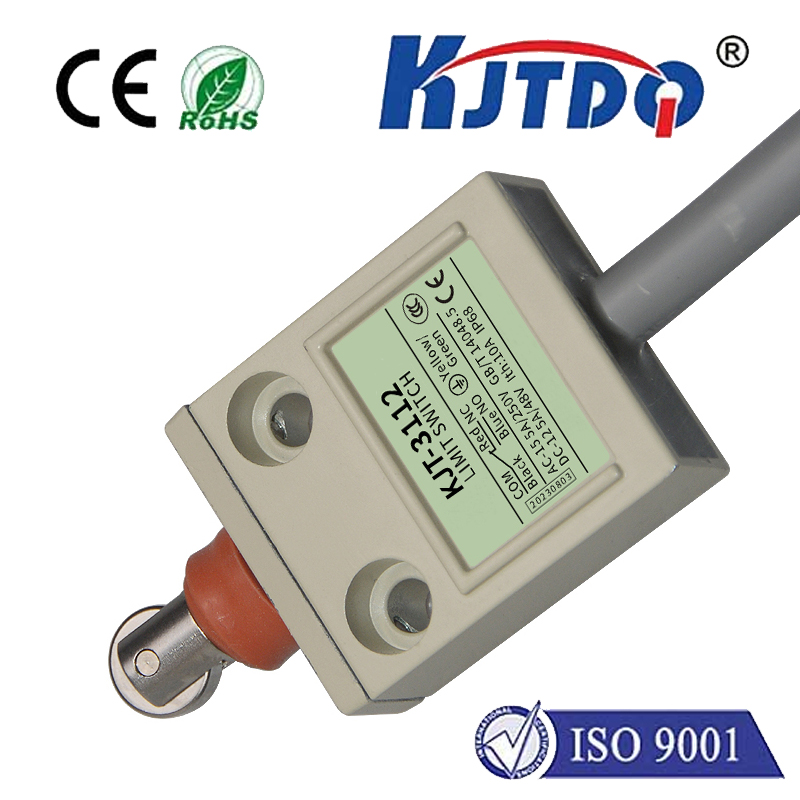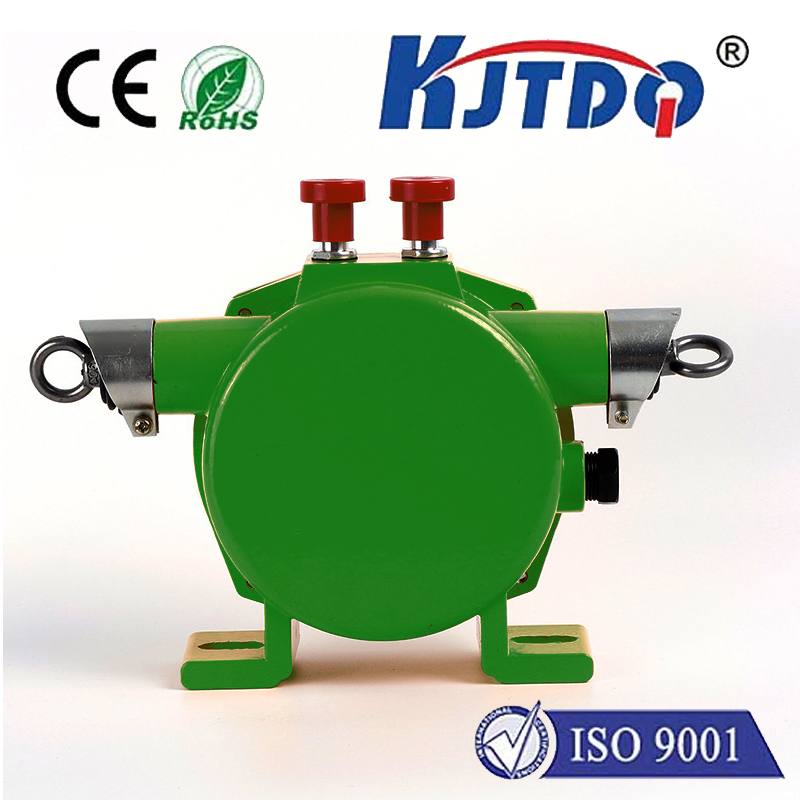photoelectric transmissive switch
- time:2025-07-26 01:16:44
- Click:0
Photoelectric Transmissive Switches: Precision Detection Through an Invisible Beam
Imagine an object passing silently on a conveyor line. Instantly, an unseen sentinel registers its presence, triggering a critical action downstream – perhaps counting, sorting, initiating a robotic arm, or ensuring safety. This silent, high-speed guardian? Often, a photoelectric transmissive switch, the workhorse of non-contact object detection in countless automated systems.
Often termed “through-beam” or “opposed-mode” photoelectric sensors, these devices operate on a beautifully simple yet profoundly effective principle. Unlike their reflective counterparts, transmissive switches consist of two physically separated components: a light emitter (typically an infrared LED or laser diode) and a light receiver (a phototransistor or photodiode). These components are installed precisely opposite each other, creating a direct line-of-sight path. The emitter constantly projects a focused beam of light – invisible to the human eye in most industrial models – directly towards the receiver.
The core operating mechanism hinges on beam integrity:
- Beam Present, No Object: When the beam travels uninterrupted from emitter to receiver, the receiver detects a strong, consistent light signal. In this state, the switch’s output signal (e.g., transistor or relay) is typically in its “normal” state (e.g., OFF for a “dark-on” sensor).
- Beam Interrupted, Object Detected: When an object passes between the emitter and receiver, it physically blocks the light beam. The receiver detects a significant reduction or complete loss of the light signal. This change triggers the switch’s internal circuitry to flip its output state (e.g., to ON for “dark-on”).
This fundamental principle unlocks a suite of compelling advantages that make photoelectric transmissive switches indispensable:

- Exceptional Range & Precision: Because the beam travels directly from source to target, transmissive switches achieve significantly longer sensing distances compared to reflective types (often meters, even tens of meters). The focused beam allows for the detection of very small objects or precise positioning tasks where even minute interruptions matter.
- High Reliability & Immunity: Operating in opposed mode offers inherent superior immunity to environmental factors that plague other sensors. Factors like object color, surface finish (glossy, matte, transparent), texture, or material (metal, plastic, glass, wood) have minimal impact on detection reliability. The sensor simply detects the beam’s presence or absence. This makes them ideal for dirty, dusty, or variable environments where other technologies might falter.
- Blazing Speed: The detection event relies purely on the instantaneous interruption of light, allowing for extremely fast response times. This capability is crucial in high-speed manufacturing lines, packaging machinery, and automated assembly where milliseconds count.
- True Non-Contact Sensing: Detection occurs without any physical touch, eliminating wear and tear on the sensing components or the target object itself. This translates directly to reduced maintenance and a longer operational lifespan. It also protects delicate products.
- Stable Operation: Once aligned, the robust direct beam provides highly consistent and stable detection, less susceptible to false triggers from background reflections or ambient light variations compared to diffuse sensors.
Where Does This Invisible Technology Shine? Applications Abound:
The unique strengths of photoelectric transmissive switches ensure their deployment is pervasive across industrial automation:
- Packaging & Filling Lines: Detecting bottles, cans, cartons on high-speed conveyors for counting, cap presence/absence, fill level control (using multiple beams), and label verification. Their immunity to container color/transparency is key.
- Material Handling: Monitoring object passage through chutes, gates, or on conveyors for sorting, diverting, or presence verification in warehouses and distribution centers.
- Automotive Manufacturing: Ensuring component presence during assembly (e.g., door panels, engines on the line), detecting parts in robotic welding cells, and verifying window glass positioning.
- Printing & Converting: Precisely detecting the leading and trailing edges of paper, film, or foil webs for registration control, cutting, and splicing. Their speed is critical here.
- Security & Access Control: Forming the backbone of beam grids for perimeter security, door interlocks on machinery safety gates, and people counting systems.
- Pharmaceutical & Food Processing: Detecting vials, blister packs, or food items on hygienic production lines, often benefiting from models with stainless steel housings and IP69K ratings for washdown environments.
- Woodworking & Metalworking: Detecting planks entering saws, verifying material position before machining, and ensuring safety guards are closed. Tough environments demand their reliability.
Choosing the Right Tool: Transmissive vs. Alternatives
While champions in many scenarios, transmissive switches are not a universal solution. Understanding their context versus other sensor types is crucial:
- vs. Diffuse Reflective Sensors: Diffuse sensors combine emitter and receiver in one housing, detecting objects reflecting the emitted light back. They are simpler to install (only one unit) but have shorter ranges, are much more susceptible to object color/surface variations, and can struggle with black or non-reflective targets. Transmissive wins for long range, reliability on varying surfaces, and high-precision tasks.
- vs. Retroreflective Sensors: These use a reflector opposite the sensor unit. While offering longer range than diffuse sensors in one unit, they still rely on surface reflection from the target or can be tricked by shiny objects bypassing the reflector. Transmissive offers inherently higher reliability against such false triggers and works better with transparent/clear targets that might pass light through to the reflector unnoticed.
- vs. Proximity Sensors (Inductive/Capacitive): These detect metal or material presence via electromagnetic fields. They require physical proximity and are material-specific (inductive only for metals). Transmissive switches detect any opaque object interrupting the beam at a distance, regardless of material.
Integration and the Future: Smarter Sensing
Modern photoelectric transmissive switches are increasingly sophisticated. Features like background suppression technology (more common in diffuse/retro, but enhancing beam stability), teach-in functions for simple setup, adjustable sensitivity, robust IP67/IP69K enclosures, and various output types (PNP, NPN, relay, analog) ensure they meet diverse application needs. Crucially, they integrate seamlessly into Industry 4.0 frameworks, with models featuring IO-Link connectivity enabling remote configuration, diagnostics, and predictive maintenance data flow.
In essence, the photoelectric transmissive switch remains a cornerstone of industrial automation. Its elegant simplicity – an interrupted beam of light – delivers unparalleled reliability, long-range capability, and non-contact precision detection across a vast spectrum of challenging environments. From ensuring your beverage can gets filled to guaranteeing automated assembly line safety, these ‘invisible guardians’ play a vital, often












